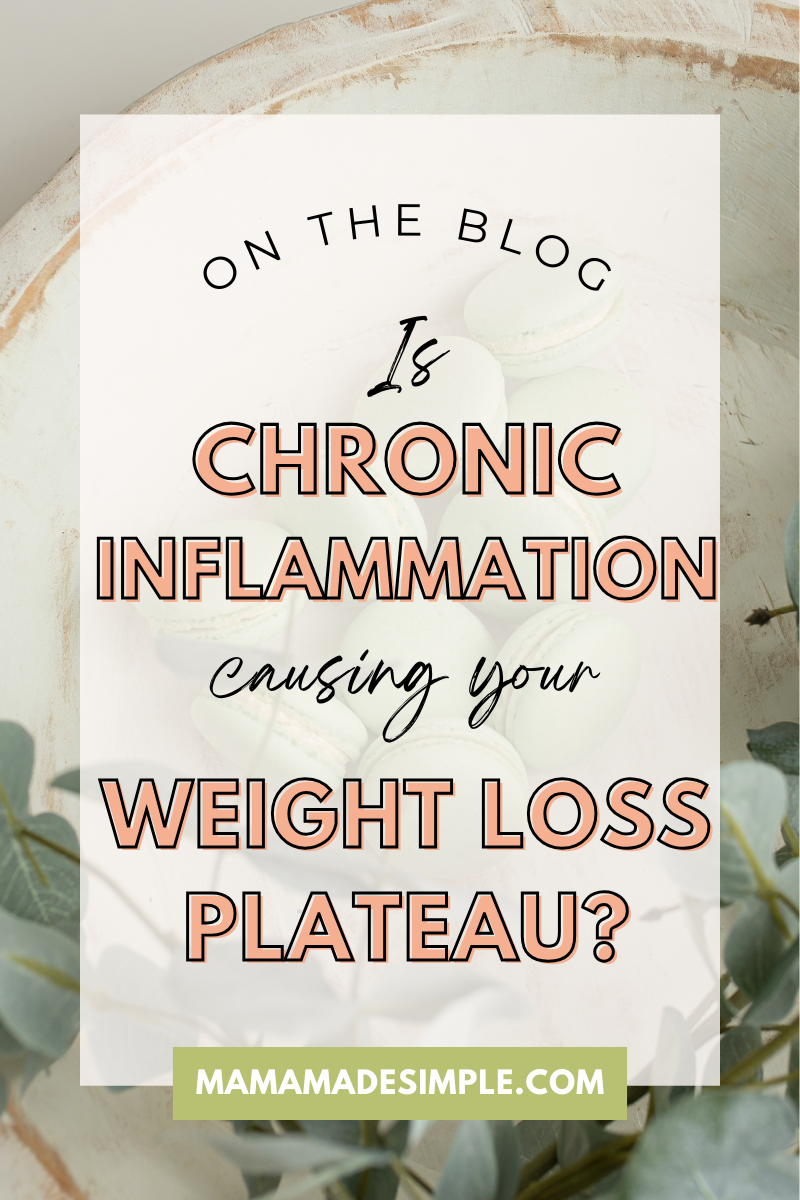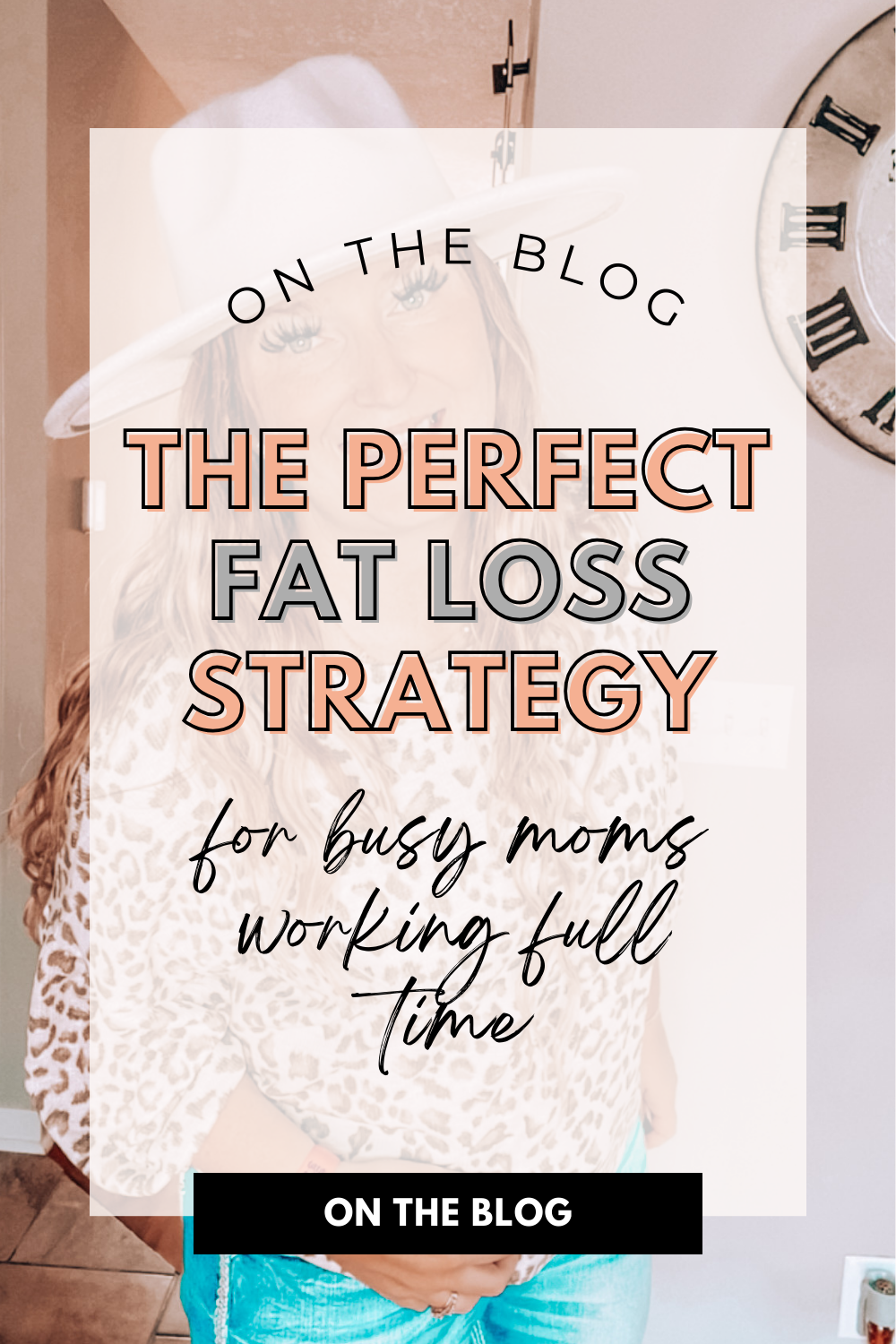What is Metabolism? A Simple Breakdown for Beginners
This post is about Metabolism Fat Loss Tips and may contain affiliate links that i earn a commission on. Read the full policy here.
After graduating college and no longer being able to burn 3500+ calories as a collegiate athlete, it wasn’t too long before the weight piled on. The daily Starbucks trips added up and all of a sudden I went from 165 to 185 in less than 6 months.
This is the first time I really had to pay attention and learn how to lose weight. Unfortunately like most people, I first got introduced to this through counting containers. And while initially I did see results, I never truly learned the science behind how the body loses and gains weight. This led to be going down a path of severe restriction, yo-yo dieting and binging for almost 7 years.
So, in order to prevent you from going down the same path, or maybe you’re on the same path right now and are frustrated with the lack of progress you’re seeing, I want to educate you on how the body actually works. I aim to teach you how to eat, not how to diet, and truly get you to understand how the body functions so that you can make informed decisions about your health.
By learning how my metabolism works, how to actually eat rather than diet, and changing my mindset, I was able to finally lose 60 pounds postpartum and keep it off for years. So, let’s get into it.
What is Metabolism?
At its core, metabolism refers to all the chemical processes in your body that convert the food and drinks you consume into energy. Think of it as your body’s engine—it’s always running, even when you’re sleeping, to keep your heart beating, your lungs breathing, and your brain functioning.
When we talk about boosting metabolism, we’re really talking about increasing the number of calories your body burns throughout the day. A faster metabolism means you burn more calories both at rest and during activity, making it easier to lose fat or maintain a healthy weight.
The Science Behind Energy Balance
To understand metabolism, we first need to look at the concept of energy balance—a fancy way of saying “calories in vs. calories out.”
- Calories In: This is the energy you get from food and drinks.
- Calories Out: This is the energy your body uses to function, move, and thrive.
When your calories in are equal to your calories out, your body is in balance. This state is called homeostasis, and it’s where your body feels most comfortable. But if you want to lose fat, you need to tip the scales.
- In a calorie surplus (eating more than you burn), your body stores the extra energy as fat.
- In a calorie deficit (eating less than you burn), your body uses its fat stores for energy, leading to fat loss.
Sounds simple, right? But here’s the kicker: your metabolism isn’t static. It adapts based on your habits, lifestyle, and even stress levels. That’s why it’s so important to focus on sustainable ways to boost metabolism instead of extreme diets that can slow it down.
The Four Components of Your Metabolism
Your total calorie burn, also known as your Total Daily Energy Expenditure (TDEE), is made up of four main parts:
1. Basal Metabolic Rate (BMR): The Foundation of Your Metabolism
Your BMR is the energy your body uses at rest to perform basic functions like breathing, circulating blood, and repairing cells. It accounts for 70% of your daily calorie burn, making it the largest piece of the metabolism puzzle.
How to Boost BMR:
- Build and maintain lean muscle. Muscle tissue burns more calories at rest than fat tissue, so the more muscle you have, the higher your BMR.
- Eat enough food. Chronic dieting can lower your BMR as your body adapts to fewer calories.
2. Thermic Effect of Food (TEF): Your Metabolism in Action
TEF refers to the energy your body uses to digest and process the food you eat. It makes up about 10% of your daily calorie burn. Protein has the highest TEF, meaning your body burns more calories digesting protein than it does carbs or fats.
How to Boost TEF:
- Prioritize protein in your meals. Aim for 0.8-1g of protein per pound of body weight to maximize the thermic effect.
- Choose whole, nutrient-dense foods over processed ones. Whole foods take more energy to break down and are packed with nutrients that support overall health.
3. Non-Exercise Activity Thermogenesis (NEAT): The Game-Changer
NEAT is all the energy you burn from daily activities that aren’t structured exercise—things like walking the dog, cleaning the house, or chasing your toddler. It makes up about 15% of your daily calorie burn and is a powerful way to boost metabolism without extra effort.
How to Boost NEAT:
- Find small ways to move more, like taking the stairs, parking farther away, or standing while you work.
- Set a step goal (e.g., 7,500–10,000 steps a day) to encourage more movement throughout your day.
4. Exercise Activity Thermogenesis (EAT): Planned Workouts
EAT is the energy you burn during structured exercise, like a strength training session or a run. While it only accounts for 5% of your daily calorie burn, exercise has long-term benefits for metabolism, especially when it comes to building muscle.
How to Boost EAT:
- Focus on strength training, which helps build muscle and increase your BMR.
- Incorporate high-intensity interval training (HIIT) to maximize calorie burn in less time.
Why Your Metabolism Might Feel “Slow”
If you’ve been dieting for years or overtraining without proper recovery, your metabolism may have adapted to conserve energy. This is known as metabolic adaptation or a “plateau.” Signs of a slowed metabolism include:
- Constant fatigue
- Difficulty losing weight despite eating less
- Feeling cold all the time
- Digestive issues
The good news? You can reverse this by focusing on strategies to heal and boost your metabolism.
Practical Ways to Boost Metabolism
Ready to fire up your metabolism? Here are some simple, actionable tips to get started:
1. Eat Enough Food
Chronic under-eating slows your metabolism as your body learns to survive on fewer calories. Start by calculating your maintenance calories and aim to eat enough to fuel your body.
2. Focus on Protein
Protein is your metabolism’s best friend. Not only does it have a high TEF, but it also helps preserve muscle mass during weight loss.
- Include a source of protein in every meal, such as chicken, eggs, or Greek yogurt.
- Try to hit 25-30g of protein per meal to stay full and support muscle repair.
3. Build Muscle with Strength Training
Strength training is one of the best ways to boost metabolism long-term. Muscle tissue burns more calories than fat, even when you’re not working out.
- Aim for 2-4 strength training sessions per week.
- Focus on compound movements like squats, deadlifts, and push-ups for maximum muscle activation.
4. Get Moving with NEAT
Remember, small movements add up! Increasing your NEAT can significantly boost metabolism over time.
- Take breaks to stretch or walk during the day.
- Turn household chores into opportunities for movement—dance while vacuuming or do squats while folding laundry.
5. Stay Hydrated
Water is essential for all metabolic processes. Dehydration can slow your metabolism, so aim for at least 8-10 glasses of water a day.
6. Prioritize Sleep
Lack of sleep can throw your hormones out of balance, making it harder for your metabolism to function properly. Aim for 7-9 hours of quality sleep each night to support your metabolism and overall health.
Myths About Boosting Metabolism
You’ve probably heard claims about certain foods or supplements that can “speed up” your metabolism. Here’s the truth:
- Fat-burning foods: While foods like green tea or chili peppers might have a small thermogenic effect, the impact is minimal.
- Metabolism-boosting supplements: Most over-the-counter supplements aren’t backed by science and won’t lead to sustainable results.
The real key to boosting metabolism lies in your habits: eating enough, building muscle, and staying active.
Final Thoughts
Boosting your metabolism doesn’t require extreme measures or fancy products—it’s about making sustainable lifestyle changes that support your body’s natural processes.
By focusing on eating nutrient-dense foods, building muscle, increasing NEAT, and prioritizing sleep, you can optimize your metabolism and create lasting results.
So, mama, what’s your next step? Pick one or two of the tips above and start incorporating them into your routine. Small changes add up, and before you know it, you’ll feel stronger, more energized, and ready to take on anything.








One Comment
Comments are closed.